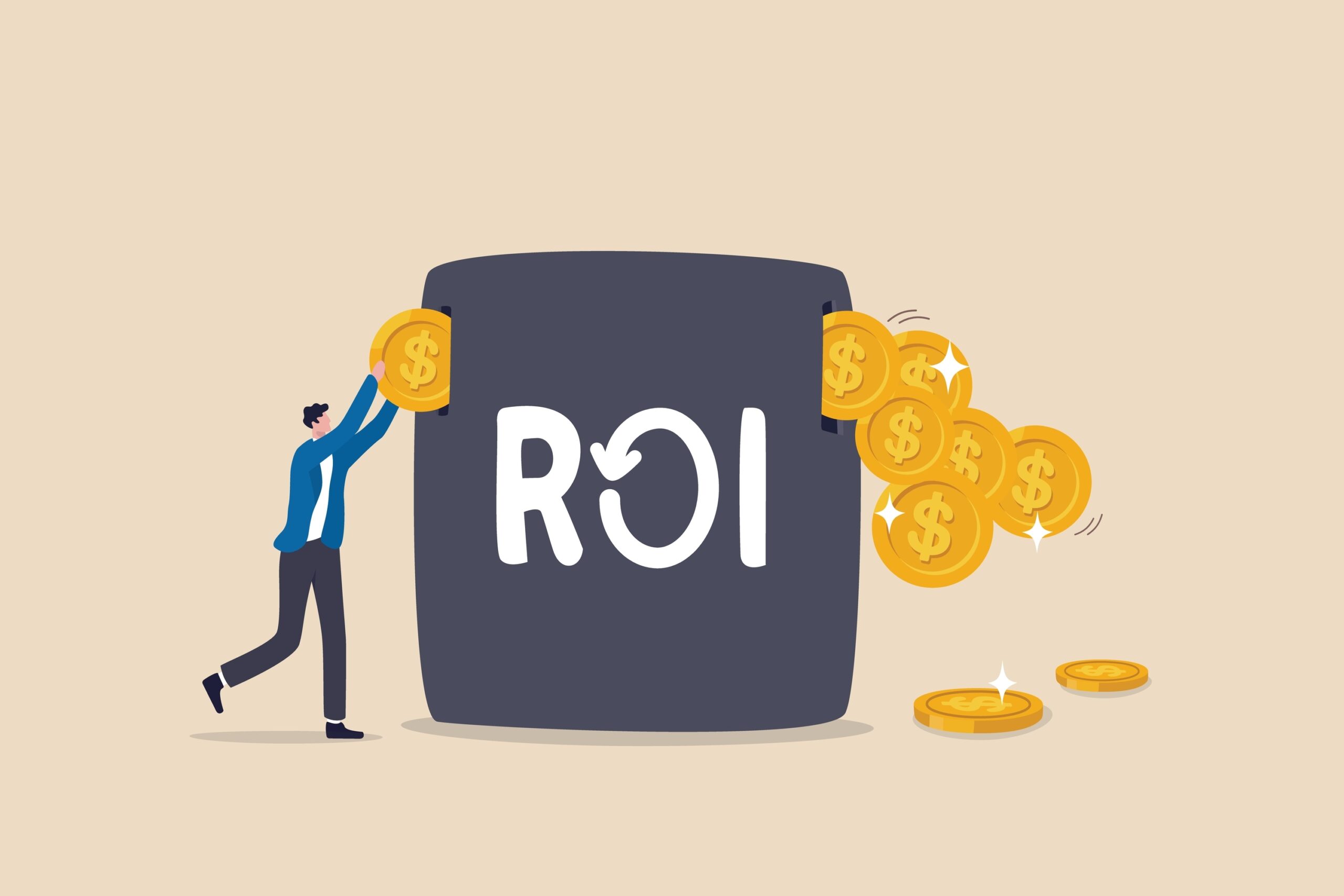
Proving ROI in Non-Profit Marketing: A Metrics Guide for Success
In the nonprofit sector, one obstacle that consistently stands tall for marketers is proving ROI (Return on Investment). Nonprofit marketing involves an intricate web of activities, each contributing to the final ROI. As a marketer, you’re well aware that measuring this can be complex. Yet, it’s crucial to secure budget allocations and understand where to best invest resources.
To support you in this endeavour, we’ve compiled a list of key metrics to track, categorized by different goals. Remember, not every metric contributes to every goal, so it’s essential to select those that align with your objectives.
Brand Awareness Metrics
- New Website Visitors: This metric reflects the strength of your brand awareness. A higher number indicates that more people are discovering your organization online. Increase this number by optimizing your website SEO or running targeted online campaigns.
- Social Media Reach and Engagement: High engagement rates suggest your brand resonates with the target audience. Boost these numbers by creating compelling content that encourages interaction and shares.
Brand Engagement Metrics
- Conversion Rate: This reveals the number of website or social media visitors who take a desired action, such as filling out a form for information or volunteering. Ensure your call-to-actions are clear and persuasive to improve conversion rates.
- Email List Growth: This metric shows the number of individuals interested in following your organization’s efforts. An expanding email list can be a powerful tool for maintaining relationships with supporters. Offer valuable content in exchange for subscription or incorporate email sign-ups across all digital touch-points to grow your email list.
Read about the marketing campaign that promoted a national sport safety initiative for the Coaching Association of Canada here.
Fundraising and Donations Metrics
- Donation Amount: Tracking the amount of donations received from various campaigns and sources helps identify the most successful fundraising methods. Communicate the impact of contributions effectively to potential donors to increase donations.
- Donor Retention Rate: This is the number and percentage of donors who continue to support your fundraising over time. A high donor retention rate indicates strong relationships with your supporters. Retain donors by maintaining regular communication and show appreciation for their support.
Program Impact Metrics
- Outcomes Measurement: This tracks the specific outcomes achieved through programs, such as positive changes made or lives impacted. Continually assess and refine your strategies based on these outcomes to enhance program impact.
- Testimonials and Feedback: These offer valuable insight into the real impact of your efforts from both beneficiaries and stakeholders. Positive testimonials can be used in marketing materials to build trust and attract more support.
Remember, proving ROI in nonprofit marketing isn’t just about numbers; it’s about demonstrating the tangible impact your organization is making. By focusing on these metrics, you can better understand your performance, make data-driven decisions, and ultimately, create a more significant impact to the key results of your non-profit through your marketing efforts.
Ready to get the most out of your nonprofit marketing?
Are you looking for innovative ways to boost awareness about your cause and improve your marketing metrics? Get in touch with us to discuss your short and long-term goals and how we can help you get the ROI you’re looking for. Contact Cyan Solutions Now!
Discover what Cyan can do for you
We want to get to know you better so we can understand what services are going to help you meet your goals.